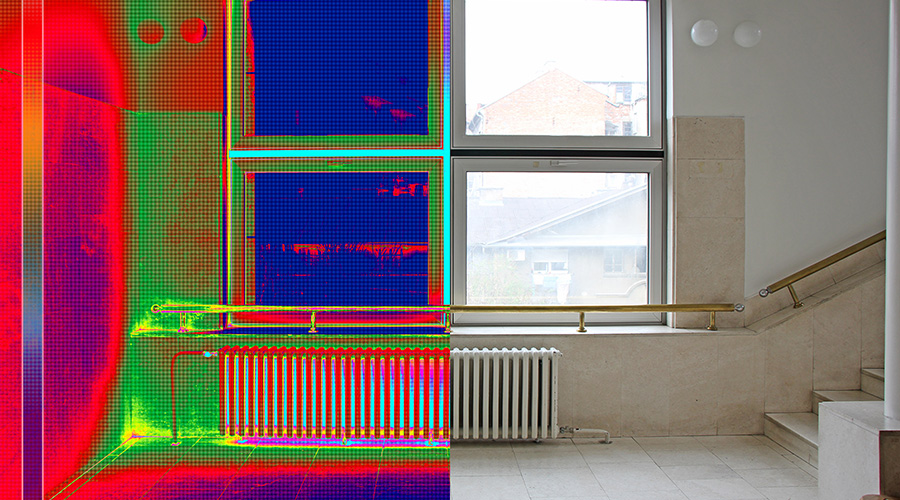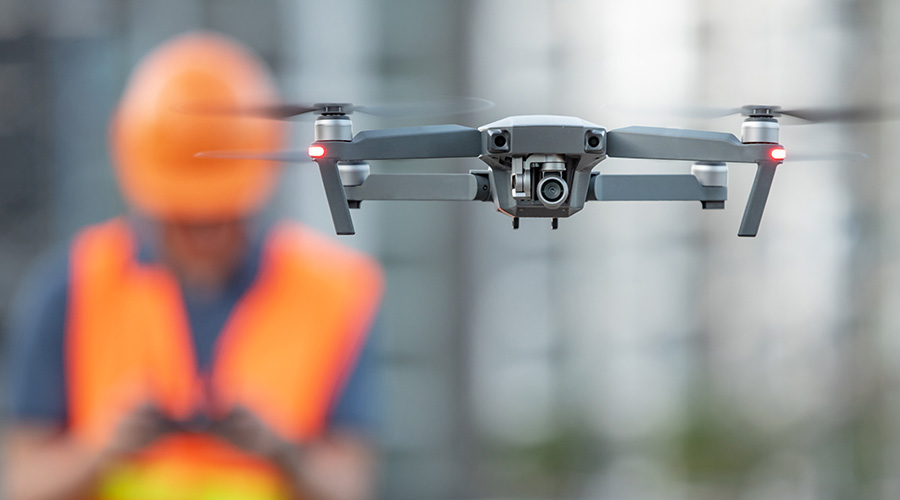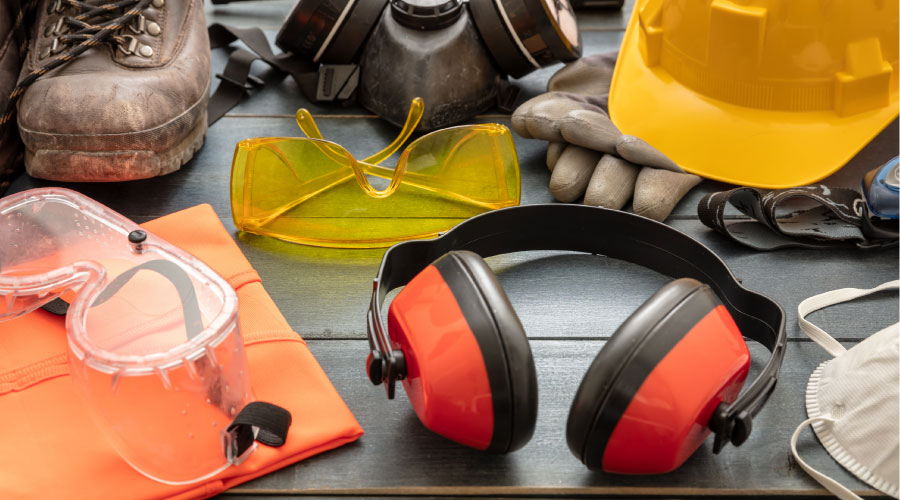Revolutionizing Building Inspections with Cutting-Edge Technolog
Technology advances have transformed building inspections.
Building inspections were once a manual process that primarily involved ladders, scaffolding, clipboards, flashlights and shoe leather. Technology advances have transformed the process completely, giving both in-house technicians and consultants more power than ever to reach, detect and diagnose facility issues more quickly and accurately.
Methods such as core sampling and impedance testing remain effective in helping reveal the source and cause of problems with roofs and facades, but increasingly, in-house technicians use infrared imaging — via a handheld device or an app — to produce images that reveal evidence of heat leaks around doors and windows or of moisture in roof systems. The real challenge in using infrared imaging is understanding what the images reveal.
"People usually know how to use it, but you've got to be cautious that you have the right interpretation of the results,” Posenecker says. These limitations mean the technology is not ideal for every in-house technician conducting roof and facade inspections.
"I don't see them going out and actually doing infrared on the building exterior to see if there's any heat or loss,” Borgelt says. “They leave that up to us as consultants. Most departments are using it on the electrical side — checking their electrical panels, making sure there's no abnormal heat in there. They may use it on some of their piping if they think they’ve got some issues there."
The second technology advance that has transformed inspections — drones — enables technicians and managers to access areas of facilities that had been hard or even impossible to reach. Drones also can be equipped with infrared imagers, as well as light detection and ranging (LiDAR) imagers that use laser beams to measure precise distances.
"Drones have introduced a whole new ability to get high-definition imaging of the whole facade that then can be put into some software to create a full image of the building,” Posenecker says. “You can go do a visual inspection better than you ever could from the ground or with binoculars. Now you've got a tool and a document that you can start pinpointing and using to determine your priority items you need to address first.”
King advises managers interested in using drones for building inspections to understand the regulatory requirements that go along with their use.
“If you're going to use drones, there are FAA regulations that come into play, particularly for urban areas,” he says. “Interestingly enough, cities have gotten a lot more interested in allowing their larger buildings to use drones and stuff. You need to get a permit to do it, though, and that may take time.”
Making inspections work
Putting together a successful building inspection requires that managers effectively combine the proper project scope, personnel and technology. But success also requires ensuring that the results of inspection itself get turned into tangible action items for the facility.
Drones, for example, can actually create reports based on their findings from the inspection.
"The findings that you get in your equipment can create reports,” King says. “That then becomes a project within the maintenance of that facility. They identify a number of things that need to be done — cracks that need to be repaired, facades that need to be recoated for waterproofing, insulation that needs to be fixed, mullions that have blown off. It becomes a shopping list of items that get prioritized, budgeted and then resolved and tracked. That's where they want to be — turning their results into something tangible.”
Much of the success or failure of an exterior building inspection results from the initial stages of the project. In the case of an inspection conducted by an outside firm, managers need to ensure the firm understands the results the client wants from the inspection.
"The right approach is to find someone that will give you options — good, better and best," Posenecker says. “If I were a building engineer or building owner and I wanted somebody to help me, those are the type things I want to hear from that person — that they're really going to help me make decisions and give me the information so I can make that intelligent decision and have no regrets later.”
Dan Hounsell is senior editor for the facilities market. He has more than 30 years of experience writing about facilities maintenance, engineering and management.
Related Topics:













